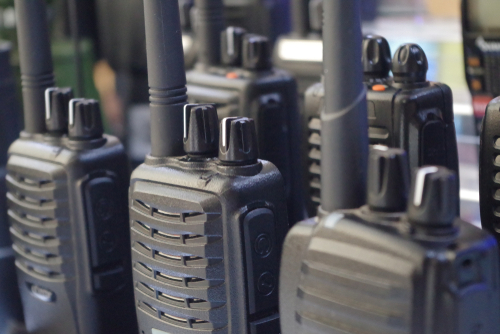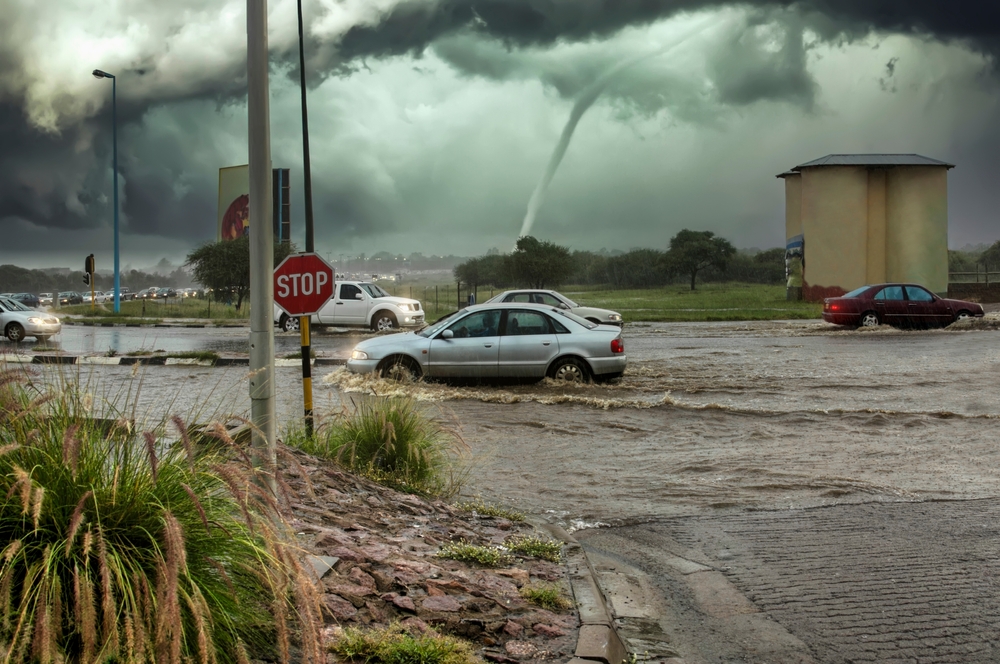Life would be a lot easier if emergencies appeared with more attention. There would be no need to plan in advance for them. Unfortunately, this is not the case. A disaster will strike when we least expect it. And if you wait until the disaster arrives to start preparing, you almost certainly won’t be able to prevent the disaster.
This is why an emergency communication plan is essential for people of all ages and professions. Preppers should be proficient with map reading, and good communication and writing skills, to set a correct direction for the meeting place and navigate the terrain.
However, if there are many people that do not believe the predictions regarding disasters that are coming, then preppers have got the point a long time ago. These people may look weird or ridiculous to someone, but they have a precise plan of action despite the circumstances that happen in their lives. Therefore, we would like to dedicate this article to outline the key components of the correct communication plan and how to be ready for any kind of disaster, predicted or not.
How to stay connected in the case of an emergency?
In general, in an extreme situation in which you have a complete absence of communication, you can use the following tips. Foremost, what is really crucial to consider is that the next tips and suggestions will be surely useless if you do not prepare in advance, meaning you will hardly find any of the devices to purchase when a disaster has come.
Buy a radio to catch the agreed FM with other people
Purchase in advance a small radio receiver for ultra-short and FM waves, as well as batteries for it. Such a gadget allows you to receive important messages from the government or local authorities if you have to leave your home or have no other means of communication. If you hear an alarm siren and have interruptions in mobile communication, turn on the local radio or television if electricity is still available. They may broadcast significant announcements. For example, about evacuation plans or tips on what to do next if you are blocked in your house.
Think and agree on the place to meet others
In case neither you nor your loved ones will have any technical means of communication in a crisis situation, you need to agree very clearly on the place and time of the meeting. Decide together with family, friends, and colleagues where you will meet if communication is interrupted or completely impossible. The first thing to do is to agree in advance on what to do in an emergency. It may happen that members of the same family will be in different parts of the city, so they will have to leave and there will be no way to call. Thus, it should be decided far before the day who will go and where, who will be picked up, and where everyone will meet. Separate arrangements should be made as to how and where to leave notes in case there is no contact.
If you plan to evacuate to a specific place—determine the point and time of the meeting and decide that you will wait there, for example, for 24 hours, and then go on to your destination. The children should put a note in their pockets or sew it into their clothes. It should contain the full name of the child, his/her parents or other contact persons, addresses, and phone numbers. Also, find out where the administration of the kindergarten or school will hide children in case of a threat, so they can be easily found.
Today we live in a digital world where our mobile phones play an important role, regardless of age. This is why your mobile phone will be an indispensable thing when you need to communicate with people, even in the absence of internet and cellular service. All you need to have is a smartphone with a good-quality battery and a power bank to recharge it. Moreover, these days there are hundreds of mobile applications that can connect people with no internet access and even no connection at all. So, mobile phones can also be used for radio communication.
Tools that will help you stay connected
Let’s look at examples of messengers that can help you “stay connected” at all times. The majority of them can be installed on any operating system.
1.Bridgefy
A standalone messaging app that connects and communicates with smartphones from 100 meters or 330 feet (0.1 km) away using the built-in Bluetooth antenna. But the person must be on your contact list. You can send end-to-end encrypted messages to a single person, or create a group to communicate with several people at once. In this messenger, you can also share apps without an active internet connection or a user account. But verifying your phone number can speed up user detection.
The app also has a “Broadcast” feature, which is a great way to share information during large-scale events or meetings. It’s worth noting that despite the use of encryption tools, all messages that have been sent in broadcast mode will be displayed to users of the app who are nearby. However, it is worth remembering that in this case, your communication will not be private. Anyone can listen to it if they accidentally or intentionally get on the same frequency.
The advantage of this method is that you can be in touch with all participants of the dialogue at the same time. To organize such communication, you need to agree with subscribers on a dedicated channel (in simple words, frequency, or range) for communication. The frequency is chosen arbitrarily by subscribers. The range of such messengers varies from 60 to 100 meters and depends on possible interference since most often their work is based on Bluetooth technology (in the basement, the communication range can be reduced to several meters). Messengers need to be downloaded in advance, if there is stable access to the Internet, as well as to test their performance in advance.
2. Briar
Another free no-check phone number messaging app where no Wi-Fi connection is required. All you have to do is enter your name, and set a password, and you can write and send text messages without an internet or cellular connection. To add new contacts, you can scan the QR code on the other person’s device, which helps you avoid connecting with an unknown contact. In addition to messaging, the app allows you to create forums for questions as well as blog posts without leaving the app.
3. Rumble
An open-source application that positions itself as a fully self-contained microblogging app. Once you have installed the app via Wi-Fi or Bluetooth, Rumble allows users to freely chat and share images without using a cellular network.
4. Serval Mesh
The application works using Wi-Fi or by creating impromptu networks made up only of mobile phones. The software will make it easy to make private phone calls, send text messages, and secure exchange files in caves, subways, the outback, and anywhere in the world—even when cellular networks are down or unavailable.
You can continue to use your phone number on your existing network, which is crucial in the event of a network outage or disaster when people are trying to get back in touch with each other.
5. Walkie Talkie
Once you install this app on your smartphone, it instantly becomes a walkie-talkie. The app does not require registration, simply tune in to any channel and share it with your friends. Then simply press and hold the Talk button and when the line status turns green, start talking. The other person should do the same. The big drawback is considered to be that there is no encryption or privacy in the app. The radio is open and if someone accidentally enters the same channel number on their device, they will be able to listen to your dialogue.
6. FireChat
This is another free offline messaging app that works without an internet connection.
Unfortunately, FireChat has a short range—only about 60 meters. End-to-end encryption is used for messages, so no one will know what you’re talking about. This way, if the internet goes down, you won’t be left without communication. All you have to do is download one of these apps, preferably adjusting to your surroundings and signaling each other to exchange messages with your loved ones.
Summing up
You can choose any type of connection that will be convenient and simple to use for you and your family, and friends. The main aim is to provide this communication, it doesn’t really matter how. What is really pivotal is to be prepared. There is nothing complicated about dedicating a bit of your time to exploring what apps you can download to your smartphone and suggest to your close ones, and buy the radio at the local store, and building a plan of action in case of emergency. You never know when you may need it.










































































Nonsense. Put walkie talkies in a faraday and stay off all that this article suggests!
While using those apps may work well for a kid in high school, i doubt they will serve any use in an emergency. Bluetooth technology has advanced to make it faster, but at the price of range. In a perfect world Bluetooth 4.0, which is the current standard, has a usable range of about 100 feet, providing there are no obstacles like walls or trees. My wife’s phone will disconnect from the car at about 20 – 30 feet. At 100 feet, I can talk loudly and would be a lot faster communication than opening my phone and texting it. Never mind the security issue if your trying to be hidden, that light from your phone shining on your face is a dead give away. Stick to the tried and true 2 way radio. Yes, you can be heard if someone is monitoring the frequencies, but use a code to change up the language. Use a headset if your trying to stay quiet. Maybe, set up a base station with a large antenna to help with distance or terrain.
Just looked on Amazon and there are numerous choices on 2 way radios. The Motorola T200TP Talkabout Radio, 3 Pack is $65. The only problem with these radios are the batteries. Eventually the batteries won’t charge anymore, making your radios useless.